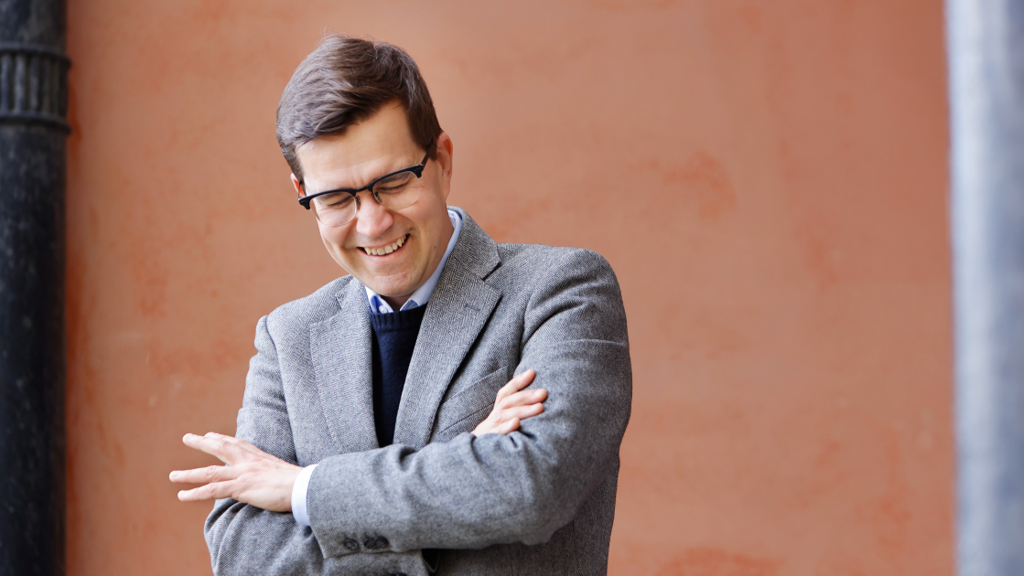
CRH Classical: Paavali Jumppanen
CRH Presents
- Classical Music
A booking fee of $8.50 per transaction applies
Finland. A land of ice, deep snow, and eternal darkness in the winter. A country sporting more than 30 symphony orchestras year-round. The birthplace, and frequent home, to Paavali Jumppanen, pianist and Artistic Director of the Australian National Academy of Music. Finns might be the happiest people on the planet, but there’s a serious side to Paavali – a focussed intellectual curiosity married with whip sharp technique at the piano, witnessed by audiences around the globe:
“…fresh and exciting playing…” with “…immense power and an extraordinary range of colors.”
The New York Times
“…phenomenal range of keyboard touch and colour, and he applies it with such intelligence…”
The Guardian
Jumppanen is devoted to the music of Beethoven, performing complete cycles of his sonatas, and all the piano concertos and chamber sonatas. For him, knowing the music is more than just learning the dots on the page: “As a person interpreting music, I’m always interested in the kind of context and the community where this particular music was created.” Questions arise: what was Beethoven’s world like when he was creating? How was he affected by the Napoleonic wars? What kind of place and people did Beethoven find when he arrived in Vienna? Immersing himself with the music, life and times of a single composer gives Jumppanen singular insight into interpretation. For him, art is not created in isolation – rather, it is a reflection of surroundings of the artist.
The Op.111 sonata is very much a reflection of prevailing trends in Beethoven’s teenage years: just two movements – one quick, the other tranquil – preceded by a slow introduction. The first movement could easily be a musical painting of an inferno, flames doused only by glorious lyrical theme. The second movement, a set of variations. The theme a solid but gentle bass line, providing eternal foundations for a bright but tender melody of divine love to sit above.
Alongside Beethoven, Jumppanen brings to his Sydney recital debut the music of Claude Debussy, whose late masterpieces from 1915 comprise 12 glorious études. The composer himself described these pieces as a “warning to pianists not to take up the musical profession unless they have remarkable hands”. Which is not to say that amateurs can’t also try their hands at his preludes and études, but the reverie, majesty and colour of Debussy’s soundscapes comes truly alive in the hands of a master like Jumppanen.
Also included in this recital, a selection of miniatures by fellow Finn, Jean Sibelius. Not often heard on the concert platform, these are innovative, reflective pieces, contrasting romantic flourishes with sparse textures, and amongst his most satisfying works for piano.
And what would a piano recital be without the king of the keyboard, Frédéric Chopin? Though his Piano Sonata No.2 is unorthodox in its crafting – more like four individual works grouped together under one banner than anything approaching the tradition definition of a sonata – the third movement 'Funeral March' is as famous as anything every written, and will surely provide an ‘ah-ha’ moment for Sydney audiences: “so that’s where that tune comes from…”
-
- Sibelius
- A selection of small pieces
- Chopin
- Piano Sonata No.2 in B flat minor Op.35 ('Funeral March')
- Debussy
- A selection of Études
- Beethoven
- Piano Sonata No.32 in C minor Op.111
-
- Paavali Jumpannen
- Piano


